HAIM SADIKARIO-STRELA
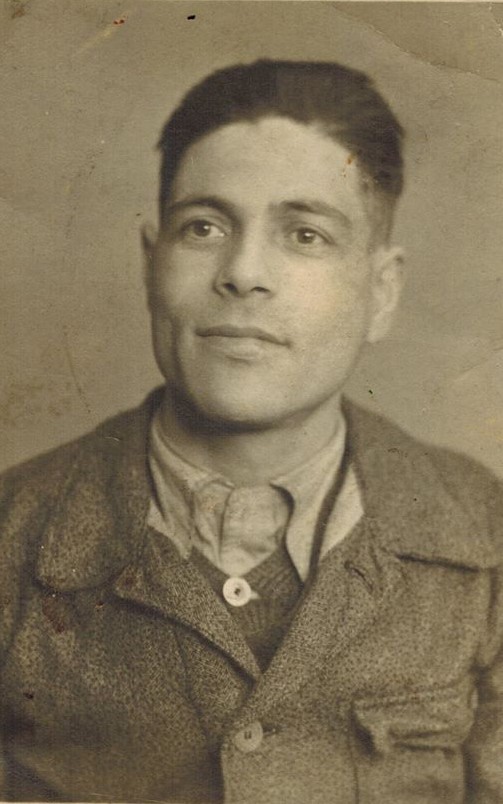
Hаim Sadikario - Strela was born on 13 April 1913 in Bitola, in a large family of father Solomon and mother Palomba Ovadia. They had 9 children – four brothers and five sisters. His father Solomon died before World War II. The mother and siblings with their families were deported by the Bulgarian occupying forces to Treblinka, and his sisters, who were married in Thessaloniki, were deported to Auschwitz by the Nazis with their families the same month.
In 1923/24, Haim Sadikario's family moved to Palestine (modern-day Israel), which was then under British rule. Since they did not have the necessary funds to move into that territory, they have been readmitted back, so the family returns first to Thessaloniki and then to Bitola. As a ten-year-old boy, Haim remains in Thessaloniki and attends a Jewish school. After graduating from secondary school, he is employed in the port of Thessaloniki and as a young man becomes a member of the advanced trade union movement in Thessaloniki. In 1933 he became a member of the Communist Party of Greece. In 1939 he returned to the Kingdom of Yugoslavia for military service in Belgrade. In the same year he became a member of the KPJ. He served his military service with his brother David in a detachment of Sephardic Jews who did not know and did not understood the Serbo-Croatian language. Haim spoke four languages fluently; Judezmo (Spanish), French, Greek and Turkish.
After completing his military service, he remained in Belgrade and took part in the March 1941 demonstrations there. He joined the illegal resistance, was carrying out tasks entrusted to him by the party, and was tasked with organizing the Jews from Belgrade who lived in Dorcol. In August 1941, he joined the Posavan partisan detachment led by Kocha Popovic. He was participant in the Uzhice Republic and the famous Battle of Kadinjaca. From there, he was sent back to illegal work, to Belgrade, to organize the resistance cells and to mobilize people to join the liberation struggle. He was arrested in December 1941 and sent to Banjica (Belgrade) concentration camp, and from there to the Mauthausen concentration camp in Austria. In Banjica, he is brutally tortured to admit that he is a Jew, but neither he nor his comrades who were caught with him said that he was a Jew. He was sent to Mathausen as a partisan under the name of Petar Chardarevic, not as a Jew.
In 1942, the quisling government of Nedic published a book entitled “The Bloody List of Communist Crimes”, which also included Haim Sadikario as a national criminal. "These are the leaders of the Serbian people who are pushing them with all their strength into peril and ruin... a scoundrel and scum who is destroying the heroic and martyred Serbia", the book reads.
In January 1945, along with other camp inmates, he managed to escape from Mathausen, but was soon captured and returned to the camp where he witnessed the liberation. In the concentration camp, Haim also meets his future wife Slavka. After the liberation of Mathausen on 5 May 1945, he returned to Bitola and found no survivors of the family. He immediately left for Belgrade at the request of the KPJ and became involved in the building of the new country. In 1952, at his insistence, he was sent to Skopje as a representative of IKL (Industrija Kuglichnih Lezhaja), where he graduated from the Faculty of Economics. After arriving in Skopje, in the post office, he accidently over-heard two people talking in judesmo language (Judeo Espanyol) - Avram Sadikario and Isak Tajer. After this event, in 1954 he withdrew his family from Belgrade and they all stayed together to live in Skopje. In 1955 he became General Manager of Trans-Jug company, which in 1959 was transformed into Transkop, and in 1971 it was renamed Makoshped. As director of Transkop, he was actively involved in clearing and building Skopje after the catastrophic earthquake in 1963. He was responsible for building the new Jewish community building in Skopje.
Haim was a lecturer and interrogator at the Economic Chamber of Macedonia and held the exam for International Transport and Transportation Insurance for which he wrote a book.
Together with Samuel Mizrahi and Benjamin Samokovlija, he visited Poland at the Treblinka death camp, and from there he brought the ashes of Macedonian Jews killed in 1943. The urns from Treblinka are exhibited today in the Holocaust Memorial Center of the Jews from Macedonia in Skopje.
Haim Sadikario – Strela was awarded with several orders and plaques: Commemorative Medal of the Partisans from 1941 Order of Unity and Brotherhood, II order Order of Merits for the People, II order Order for Labor with golden wreath Order for Courage
He passed away on 14 April 1979 and was buried at the Jewish Cemetery in Skopje.
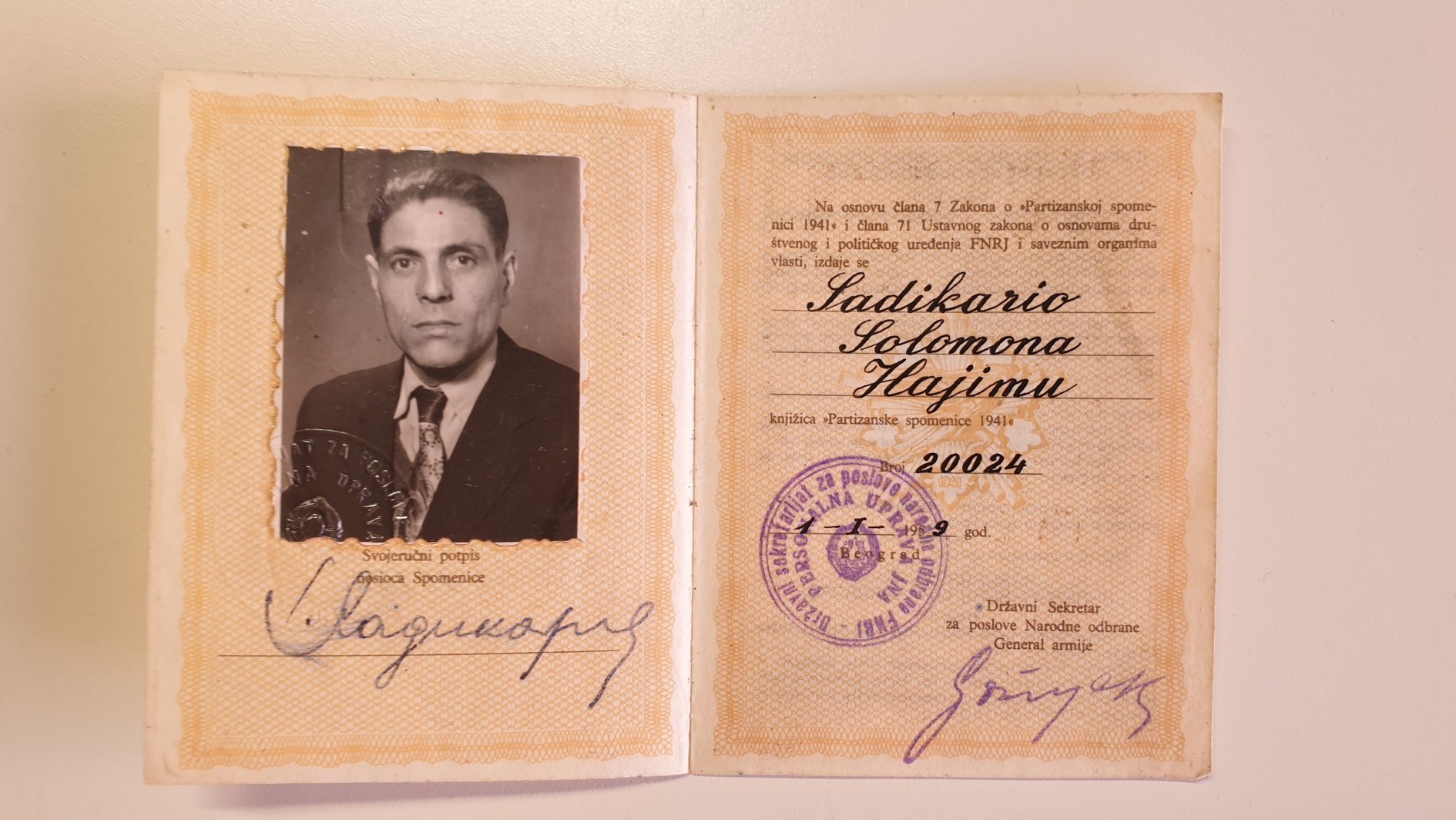
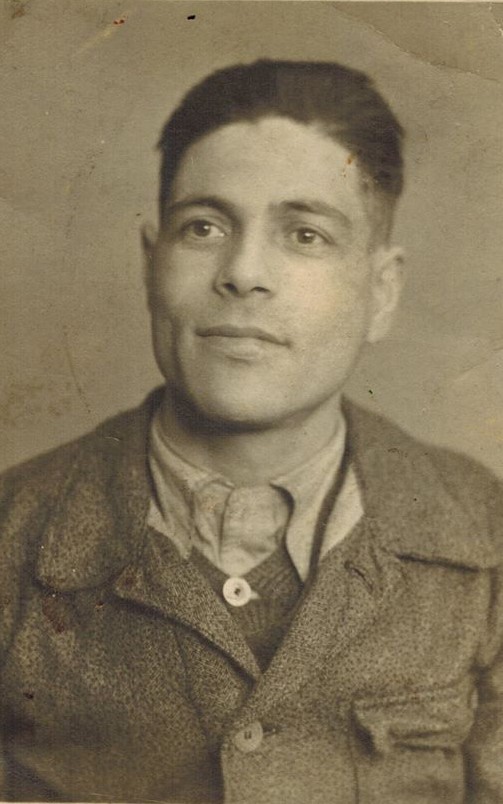
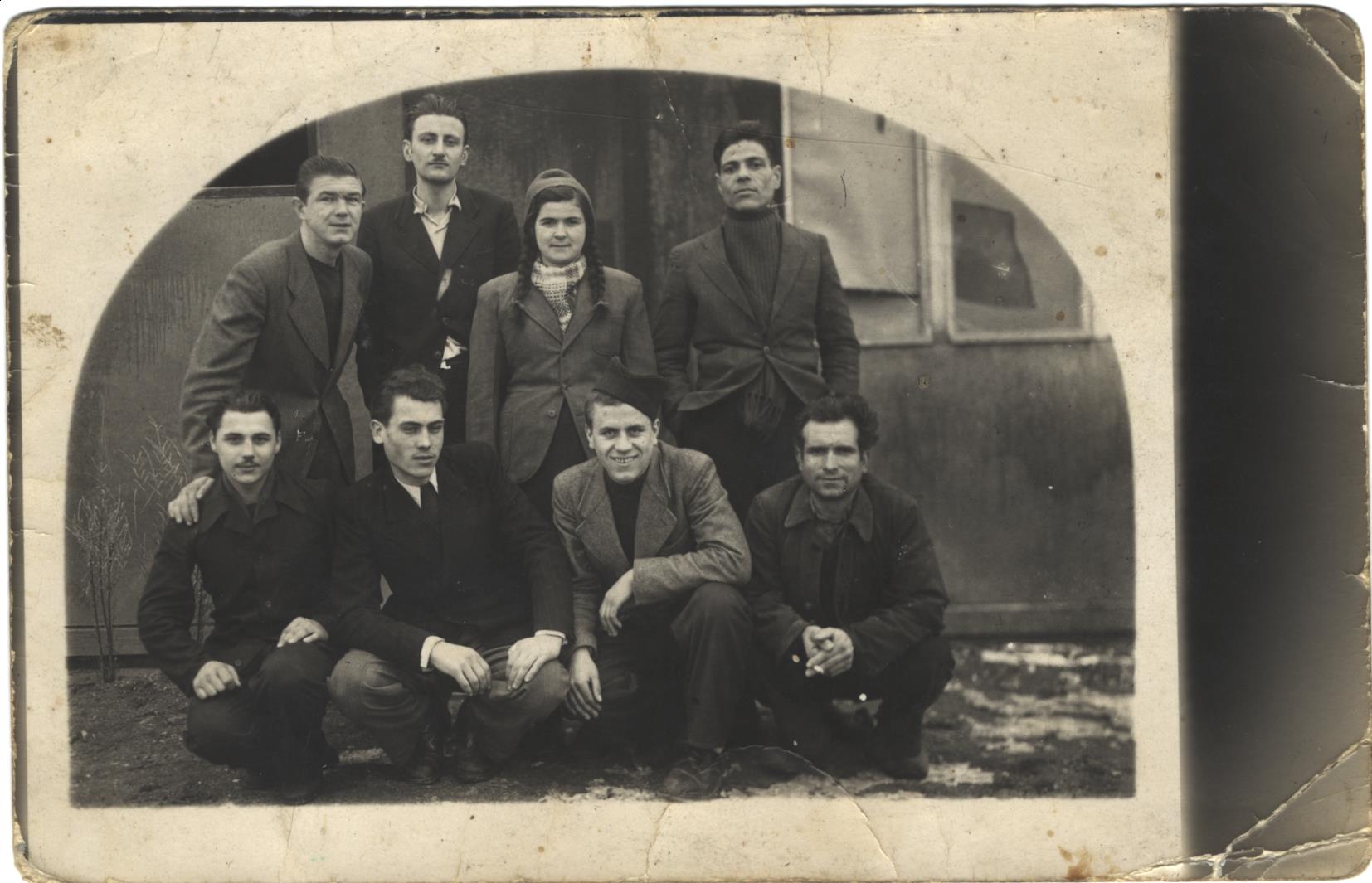
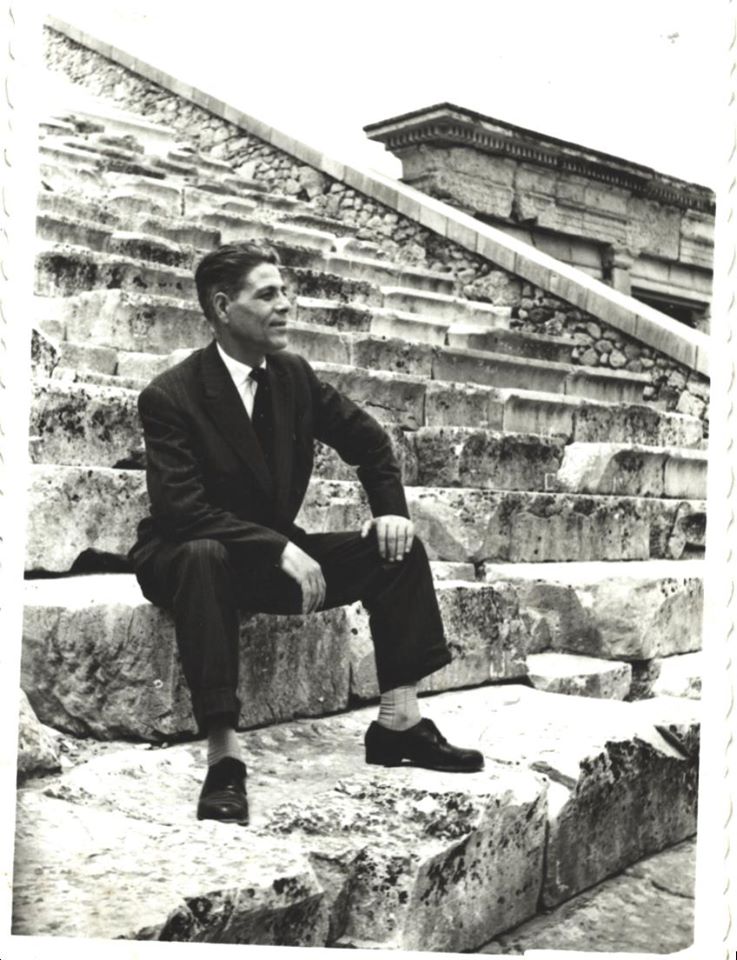
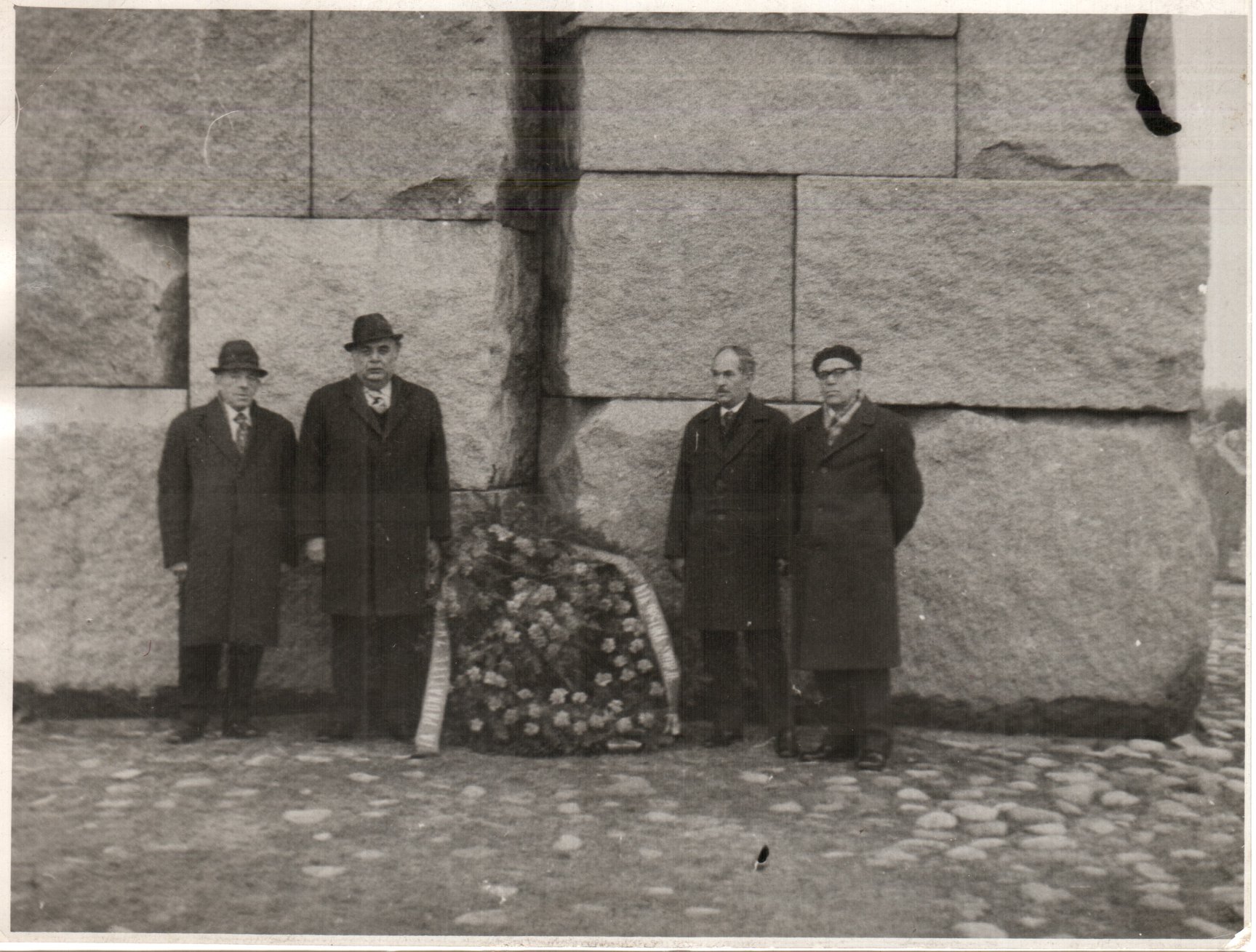
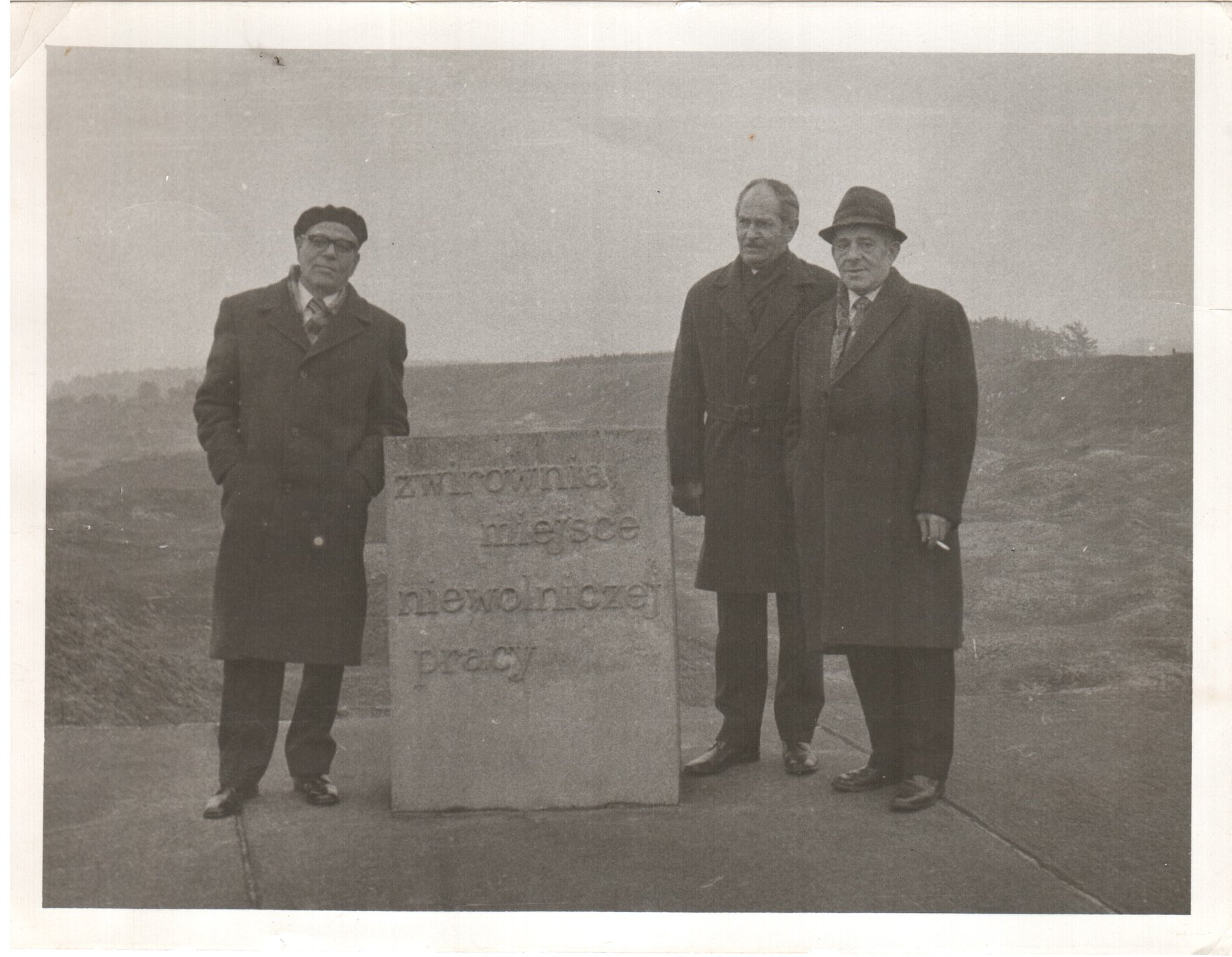
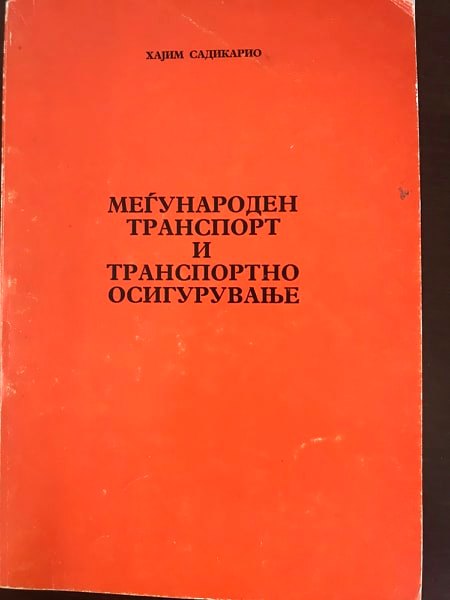
Share: << Back
Any help from you is more than welcome.
Donate to continue with the successful work and education




